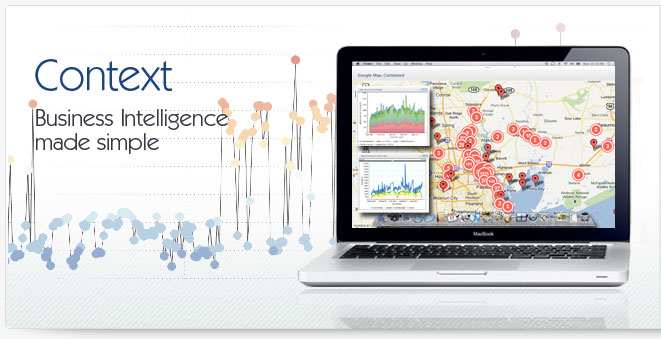Business Intelligence Maturity Model
Business intelligence maturity models define how companies use business intelligence through the life cycle of the organization's experience with business intelligence. The Data Warehousing Institute (TDWI) offers a well known and used business intelligence maturity model that defines Bi usage and management adoption of the business intelligence maturity model across six phases for five classifications. The business intelligence maturity model is designed to help companies and management within companies align their adoption of BI over time.
The Phases of the Business Intelligence Maturity Model
The business intelligence maturity model is comprised of six phases: Prenatal, infant, child, teenager, adult and sage. companies and management travel across these phases of the business intelligence maturity model as they begin to change in order to move from locally controlled to a broader, enterprise-wide business intelligence maturity model that uses business intelligence to help automate decision making and centralizes data.
Business Intelligence Maturity Model, Local Control
Local control vs. enterprise standards is the first part of the TDWI business intelligence maturity model that organizations follow. This are defines how managers within organizations change over time as they travel the business intelligence maturity model. In the early phases managers seek a high degree of control and flexibility and fight the need for standards. As the company grows and matures, the business intelligence maturity model dictates that over time the company will transition to a centralized repository of data with BI tools that give users flexibility while maintaining the standardization the business intelligence maturity model dictates.
BI Usage in the Business Intelligence Maturity Model
BI usage across the business intelligence maturity model shows how in the early phases only sophisticated power users have the skills to create sophisticated reports and understand data. As the managers travel across the business intelligence maturity model, proliferation of BI tools, dashboards, scorecards and standardized data make it easier for all employees to create reports and use BI to understand data in predictable ways. At the end of the business intelligence maturity model, users have high BI utility.
BI Insight in the Business Intelligence Maturity Model
Insight in the business intelligence maturity model dictates that early in the business intelligence maturity model managers use BI to understand the past. The business intelligence maturity model also shows that as managers evolve in their usage, their travel on the business intelligence maturity model leads them to move to automate the delivery and reporting of information while finally helping managers automate decision making as the business intelligence maturity model reaches the latter stages.
|



